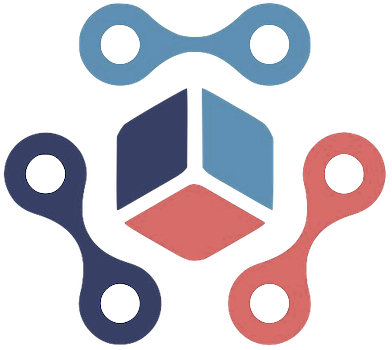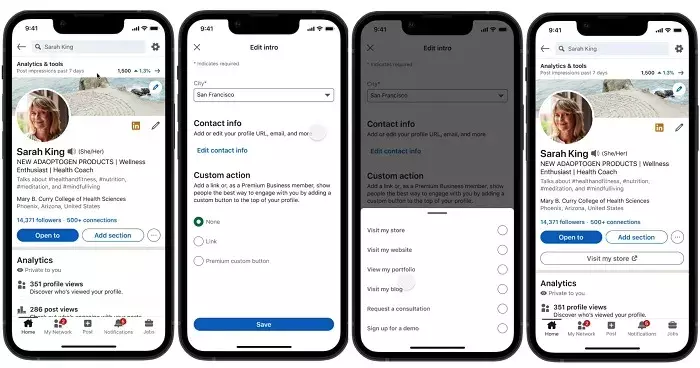In a striking and somewhat controversial move, LinkedIn has chosen to remove the ability for its Premium subscribers to add custom links to their profiles. This feature, introduced in 2023, allowed users to create custom call-to-action (CTA) buttons such as “Visit My Store” or “Contact Me” with an accompanying external URL. These prominent buttons served as a means to direct traffic from LinkedIn profiles—a platform primarily built for career networking—to personal or business sites. However, this functionality will no longer be supported, leaving many to speculate about LinkedIn’s intentions and broader implications for its user experience.
Understanding User Value Versus Corporate Strategy
LinkedIn’s justification for the removal hinges on its dedication to enhancing user experience and maximizing member value. The company noted, “As part of this process we may decide to upgrade or eliminate certain offerings so we can invest in the features that bring the most value.” This statement, albeit ambiguous, suggests that the decision is part of a larger corporate strategy to refine their offerings. However, it raises questions about whether LinkedIn is prioritizing data-driven usage metrics over user needs.
Despite the notion that custom links may not have vastly altered engagement or traffic patterns for profile visitors, this feature catered to a subset of users eager to generate leads or personal branding opportunities through their online presence. Its removal could be viewed as an erosion of user autonomy, particularly for professionals seeking to leverage LinkedIn beyond mere networking.
Do Premium Subscribers Hold Lesser Value?
Interestingly, around 175 million users subscribe to LinkedIn Premium, a figure reflecting robust growth over the past several years. Premium subscribers have been granted select features, such as advanced search capabilities and the aforementioned CTA buttons. Yet, the decision to remove the custom link option casts doubt on whether LinkedIn values individual users as stakeholders or merely sees them as revenue generators.
The disparity between the treatment of individual profiles and Premium Company Pages reveals an intriguing dynamic. Premium Company Pages continue to feature CTA buttons prominently—showcasing a clearer path for businesses to engage users and access valuable click-through opportunities. This distinction points to an inconsistency at the heart of LinkedIn’s platform: enhancing corporate visibility while stifling individual expression.
A Shift in Focus: Creators and Content
LinkedIn has increasingly positioned itself as a platform for creators, fostering an environment where users can share content, insights, and professional achievements. But removing the option for custom links undermines this creator-centric narrative. The ability to guide viewers to additional resources is vital for content creators who rely on audience engagement and brand-building.
LinkedIn’s unique ecosystem thrives on the quality of user-generated content, and cutting off avenues for promoting that content feels counterintuitive. Instead of curtailing user options, strengthening those pathways could amplify engagement and diversify connections. This is especially critical as LinkedIn seeks to broaden its appeal and enhance the content active on the platform.
Potential Risks and Real Consequences
While LinkedIn frames its decision as a protective measure against inappropriate or spammy links, it is essential to consider the potential downsides of this strategy. Restricting features that enable genuine interactions could hinder user creativity and result in a less vibrant community. Content creators, freelancers, and entrepreneurs may find themselves at a disadvantage, stripped of vital tools that allow for personal expression and brand development.
Furthermore, if links to potentially questionable sites presented a risk to LinkedIn’s reputation, they should have focused on enhancing content moderation rather than removing valuable functionality altogether. The association of certain links with stigma, such as those linking to adult content platforms, does not just justify a blanket ban. A more nuanced approach could ensure the integrity of the platform without stifling connectivity and cooperation among legitimate users.
LinkedIn’s decision signifies a pivotal moment in its operational philosophy, one that requires careful scrutiny from its members. As the platform continues to evolve, members must consider how these changes affect their professional journeys.

